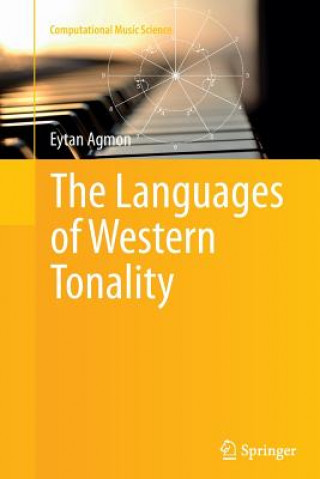
Code: 13788474
Languages of Western Tonality
by Eytan Agmon
Tonal music, from a historical perspective, is far from homogenous; yet an enduring feature is a background "diatonic" system of exactly seven notes orderable cyclically by fifth. What is the source of the durability of the diaton ... more
- Language:
 English
English - Binding: Paperback
- Number of pages: 280
Publisher: Springer-Verlag Berlin and Heidelberg GmbH & Co. KG, 2016
- More about this

You might also like
-

31 Days of Growth and Reflection
77.61 zł -

Adult Coloring Journal
62.71 zł -

Mis-Education of the Negro
39.71 zł -

THE GIANT SCISSORS
155.64 zł -

Bioprinting
445.76 zł -

Eighty Years Ashore and Afloat or The Thrilling adventures of Uncle Jethro
144.15 zł
Give this book as a present today
- Order book and choose Gift Order.
- We will send you book gift voucher at once. You can give it out to anyone.
- Book will be send to donee, nothing more to care about.
More about Languages of Western Tonality
You get 144 loyalty points
 Book synopsis
Book synopsis
Tonal music, from a historical perspective, is far from homogenous; yet an enduring feature is a background "diatonic" system of exactly seven notes orderable cyclically by fifth. What is the source of the durability of the diatonic system, the octave of which is representable in terms of two particular integers, namely 12 and 7? And how is this durability consistent with the equally remarkable variety of musical styles - or languages - that the history of Western tonal music has taught us exist? This book is an attempt to answer these questions. Using mathematical tools to describe and explain the Western musical system as a highly sophisticated communication system, this theoretical, historical, and cognitive study is unprecedented in scope and depth. The author engages in intense dialogue with 1000 years of music-theoretical thinking, offering answers to some of the most enduring questions concerning Western tonality. The book is divided into two main parts, both governed by the communicative premise. Part I studies proto-tonality, the background system of notes prior to the selection of a privileged note known as "final." After some preliminaries that concern consonance and chromaticism, Part II begins with the notion "mode." A mode is "dyadic" or "triadic," depending on its "nucleus." Further, a "key" is a special type of "semi-key" which is a special type of mode. Different combinations of these categories account for tonal variety. Ninth-century music, for example, is a tonal language of dyadic modes, while seventeenth-century music is a language of triadic semi-keys. While portions of the book are characterized by abstraction and formal rigor, more suitable for expert readers, it will also be of value to anyone intrigued by the tonal phenomenon at large, including music theorists, musicologists, and music-cognition researchers. The content is supported by a general index, a list of definitions, a list of notation used, and two appendices providing the basic mathematical background.
 Book details
Book details
Book category Books in English The arts Music Theory of music & musicology
247.07 zł
- Full title: Languages of Western Tonality
- Author: Eytan Agmon
- Language:
 English
English - Binding: Paperback
- Number of pages: 280
- EAN: 9783662512258
- ISBN: 3662512254
- ID: 13788474
- Publisher: Springer-Verlag Berlin and Heidelberg GmbH & Co. KG
- Weight: 4686 g
- Dimensions: 235 × 155 × 17 mm
- Date of publishing: 23. August 2016
Trending among others
-

Study of Counterpoint
84.67 zł -7 % -
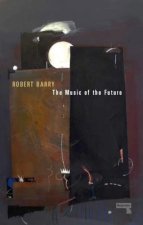
Music of the Future
42.93 zł -23 % -

The Way I Am
108.56 zł -13 % -

How Music Works
61.28 zł -15 % -
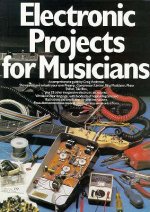
Electronic Projects for Musicians
135.88 zł -6 % -

This is Your Brain on Music
52.01 zł -23 % -

Fundamentals of Musical Composition
79.73 zł -23 % -
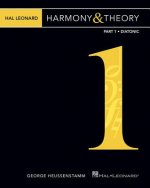
Hal Leonard Harmony & Theory - Part 1
123.98 zł -6 % -

How Equal Temperament Ruined Harmony (and Why You Should Care)
72.87 zł -6 % -

Guitar Fretboard Workbook
104.22 zł -7 % -
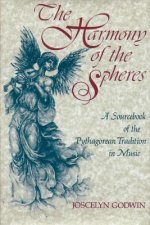
Harmony of the Spheres
165.62 zł -5 % -
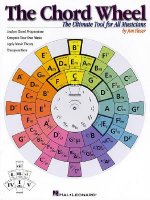
The Chord Wheel
84.87 zł -6 % -
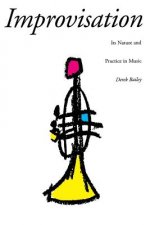
Improvisation
66.12 zł -11 % -

Principles of Orchestration
135.58 zł -

Complete Self-Study Course for All Musicians
182.75 zł -7 % -

Songwriting Essential Guide to Lyric Form and Structure
96.56 zł -6 % -

Oxford Handbook of Music Therapy
243.94 zł -3 % -

Elements of Music
37.29 zł -14 % -

Aesthetics of Music
287.09 zł -

Theory of Music Workbook Grade 3 (2007)
49.79 zł -15 % -
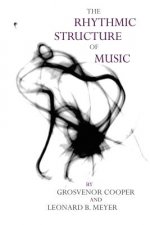
Rhythmic Structure of Music
188.80 zł -

Music, Physics and Engineering
73.48 zł -4 % -

Music Theory in Practice, Grade 3
47.77 zł -10 % -

Harmonic Experience
205.94 zł -5 % -

Melody in Songwriting
112.19 zł -6 % -
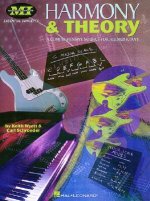
Harmony and Theory
105.84 zł -4 % -

Oxford Handbook of Music Psychology
325.40 zł -

Music as an Art
126.10 zł -11 % -

Sweet Anticipation
154.43 zł -12 % -

Theory of Music Analysis
227.31 zł -

Carl Czerny
45.66 zł -5 % -

Songwriter's Workshop
145.66 zł -5 % -
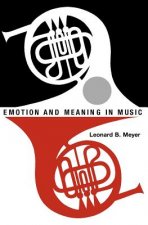
Emotion and Meaning in Music
172.27 zł -

Tipbook Music on Paper
103.62 zł -
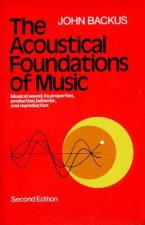
Acoustical Foundations of Music
206.85 zł -4 % -

Turned Inside Out
102.01 zł -4 % -

Composing Music
157.55 zł -

Psychology for Musicians
281.34 zł -
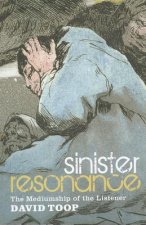
Sinister Resonance
145.45 zł -

Symphony No.4 in G - Soprano/Orchestra
59.06 zł -

Workbook
229.13 zł -

Ways of Listening
265.21 zł -

AB Guide to Music Theory, Part I
42.43 zł -9 % -

Musicophilia
52.41 zł -15 % -

Music Theory in Practice, Grade 1
42.43 zł -9 % -

AB Guide to Music Theory, Part II
58.36 zł -10 % -

Music Theory in Practice, Grade 2
45.35 zł -15 % -

Music Theory in Practice, Grade 4
50.19 zł -9 % -

Music Theory in Practice, Grade 5
53.11 zł -9 %
safisfied customers
Since 2008, we have served long line of book lovers, but each of them was always on the first place.
Copyright! ©2008-24 libristo.pl All rights reservedPrivacyPoučení o cookies



 21 million books
21 million books Delivery 12.99 zł
Delivery 12.99 zł (32) 444 93 66 (8-15.30h)
(32) 444 93 66 (8-15.30h)